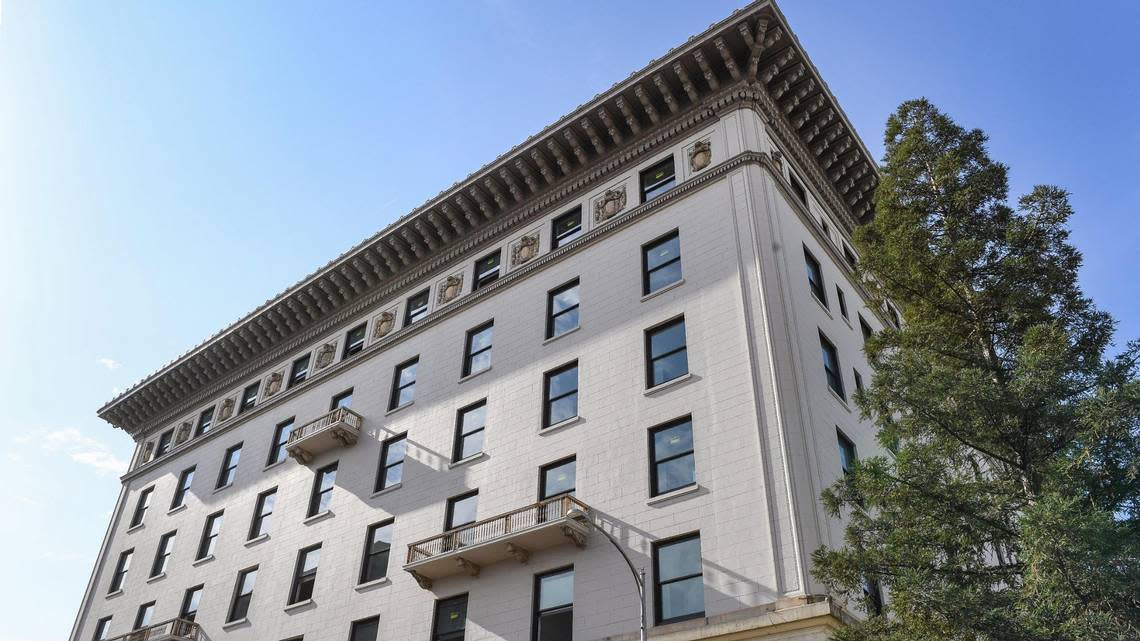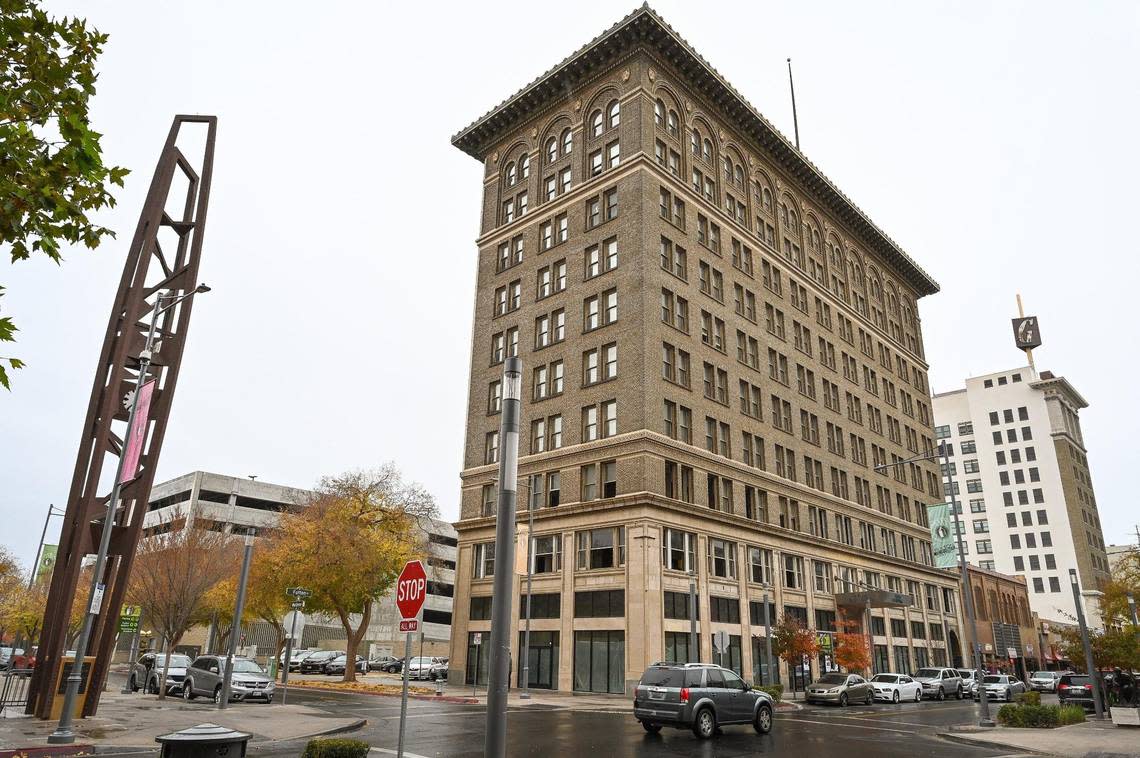With $250M en route, it’s put up or shut up time for downtown Fresno revitalization | Opinion
It’s now or never for downtown Fresno.
Either the revitalization of the city’s urban core gains steam now — with that $250 million handout from the state Capitol providing the impetus — or it’ll never happen and we may as well accept things the way they are.
This is the best opportunity Fresno is likely to get, at least for the next few decades.
Elon Musk isn’t about to move the headquarters of one of his many companies to California’s fifth-largest city. Though I publicly dare him to do so.
Nor, sadly, can Fresno expect the bullet train to be a magic bullet for downtown. The new high-speed rail station should spur development along H Street and improve connectivity with Chinatown. But it’s just a piece of the puzzle.
Opinion
At least to some extent, downtown revitalization is already taking place. Six years ago, when Fulton Street reopened to cars, there was no Brewery District beyond Tioga-Sequoia. The number of places serving food and drinks has multiplied, and events such as the monthly ArtHop and Saturday’s Fulton Street Party draw thousands.
For this reason, combined with the return of many office workers, activity levels in downtown Fresno bounced back quite nicely from the pandemic compared to downtowns in other North American cities.
These are both positive signs. But to achieve true revitalization — or at least most people’s definition — more people need to be living downtown so that things stay vibrant after the 9-to-5 crowd hits the freeway onramps.
Which brings us back to the $250 million state investment and specifically the $80 million set aside for infrastructure improvements that accelerate Mayor Jerry Dyer’s aim of building enough housing downtown for 10,000 residents. That’s more than triple the current number, in case anyone’s counting.
To get even halfway to Dyer’s goal by decade’s end will require a building boom not seen in a century. At a time when the new county courthouse and high-speed rail station are also slated for construction.
Slow revitalization
Also quite a shift from the way things are currently as residential development in downtown Fresno moves at a glacial pace.
Since Fulton Street replaced the Fulton Mall, only one housing project (The Monarch) has opened in the city’s core. More than 4,000 applications were submitted for its 57 affordable units, which should say something about demand.
The next will be Hotel Fresno, whose slow transformation from empty eyesore into affordable housing has been underway since before the pandemic. The Fresno Fire Department is currently performing fire alarm and sprinkler inspections on the building’s 81 residential units, a sure sign things are nearly complete.
After that, Reza Assemi’s 28-residential unit Mural District Lofts at 1740 Van Ness Avenue appears the next furthest along. The three-story building is framed. Meanwhile, a 53-unit, multi-use development approved in 2021 for Lance Kashian & Co. at the corner of Van Ness and Stanislaus remains a fenced-in vacant lot.

Housing in two historic buildings
While still in the planning stages, the dual renovations of two historic buildings separated by one block on Fulton are the sorts of catalysts that could truly jump-start downtown.
Sevak Khatchadourian, co-owner of the 10-story Helm Building, earlier this year submitted a proposal to convert the city’s oldest high rise into 99 studio and one-bedroom apartments on its upper nine floors. Construction could begin as soon as next year, provided the plans are approved.
Similar goings-on are underway at the six-story Radin-Kamp Building at Fulton and Tulare (more commonly known as the JC Penney Building), where owner Will Dyck wants to turn Fresno’s first major department store into a mixed-use project with 140 units. Some would have windows directly overlooking Chukchansi Park.
While Dyck doesn’t know if any of the $250 million will benefit his project, he says the state investment in downtown’s aging infrastructure is essential for its rebirth.
“The current water and sewer lines simply don’t have the capacity,” said Dyck, who is also awaiting city approval of his building plans. “What might work for a department store doesn’t work when you have residents in 140 units flushing, showering and washing dishes at the same time.”
The Helm and JC Penney buildings have both sat empty for decades. Since few things would signal downtown revitalization more strongly than an old high rise teeming with new life, Dyer should use his mayoral powers to help get these underway ASAP.
Still, even if all of the projects summarized above gets built, we’re only talking about 400 units. Since most are one bedrooms and studios, that’s not even enough housing for 1,000 people — let alone 10,000.
Downtown Fresno revitalization has been a buzz word during the last four mayoral administrations, at least. We’ve officially arrived at the put-up-or-shut-up moment.

